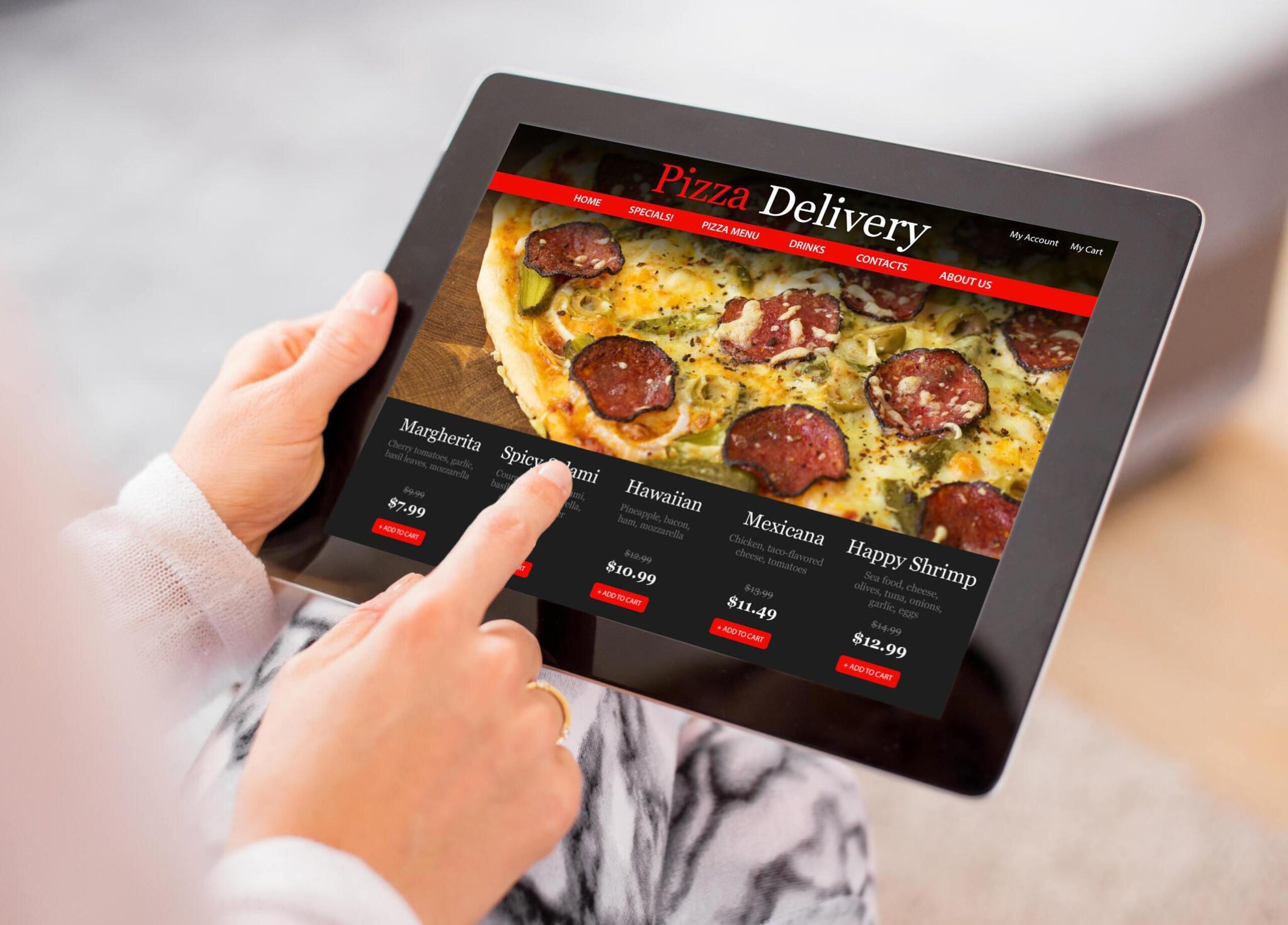In the bustling world of the restaurant industry, where trends change as swiftly as a chef’s whisk, one crucial aspect often gets overlooked: the menu board. Your menu board is more than just a list of dishes; it’s a dynamic representation of your brand, your offerings, and your commitment to excellence. Keeping it fresh, engaging, and up-to-date is essential for keeping your customers satisfied and coming back for more. Here are some best practices for updating and maintaining your restaurant menu board:
- Regular Audits and Updates: Just like you wouldn’t serve stale bread to your customers, you shouldn’t display outdated information on your menu board. Set a schedule for regular audits of your menu items, pricing, and promotions. Update your menu board accordingly to reflect any changes in ingredients, prices, or seasonal offerings. This ensures that your customers always have access to accurate information.
- Highlight Specials and Promotions: Use your menu board as a platform to showcase your latest specials, promotions, and seasonal offerings. Highlighting these items with eye-catching graphics or color-coded sections can grab the attention of your customers and entice them to try something new. Whether it’s a limited-time discount, a chef’s special, or a holiday-themed menu, make sure it stands out on your menu board.
- Maintain Consistency Across Platforms: Your menu board should reflect the same branding and messaging as your other marketing materials, including your website, social media profiles, and printed menus. Consistency is key to building brand recognition and trust among your customers. Ensure that your menu board design, fonts, colors, and tone align with your overall brand identity.
- Prioritize Readability and Clarity: While creativity is important in designing your menu board, readability should never be sacrificed for style. Choose fonts, colors, and layouts that are easy to read from a distance and in various lighting conditions. Avoid cluttering your menu board with too much text or images, as it can overwhelm and confuse your customers. Instead, opt for concise descriptions and clear pricing to streamline the ordering process.
- Embrace Digital Solutions: In today’s digital age, traditional chalkboard or printed menu boards are being replaced by more flexible and dynamic digital solutions. Digital menu boards allow you to easily update content in real-time, display dynamic animations, and even integrate with your POS system for seamless inventory management. While the initial investment may be higher, the versatility and convenience of digital menu boards can ultimately save you time and money in the long run.
- Solicit Feedback from Customers: Your customers are your best critics and advisors. Encourage them to provide feedback on your menu offerings and presentation. Whether through online surveys, comment cards, or direct interactions, listen to their suggestions and make adjustments accordingly. By involving your customers in the menu update process, you not only show that you value their opinions but also gain valuable insights into their preferences and tastes.
In conclusion, updating and maintaining your restaurant menu board is a vital aspect of running a successful food establishment. By following these best practices, you can ensure that your menu board remains fresh, engaging, and reflective of your brand identity. From regular audits and highlighting specials to embracing digital solutions and soliciting customer feedback, investing time and effort into your menu board can ultimately lead to increased customer satisfaction and loyalty. After all, a well-curated menu board is not just a list of dishes—it’s a recipe for success.



